Home>Gardening & Outdoor>Landscaping Ideas>How To Build Decking On Grass
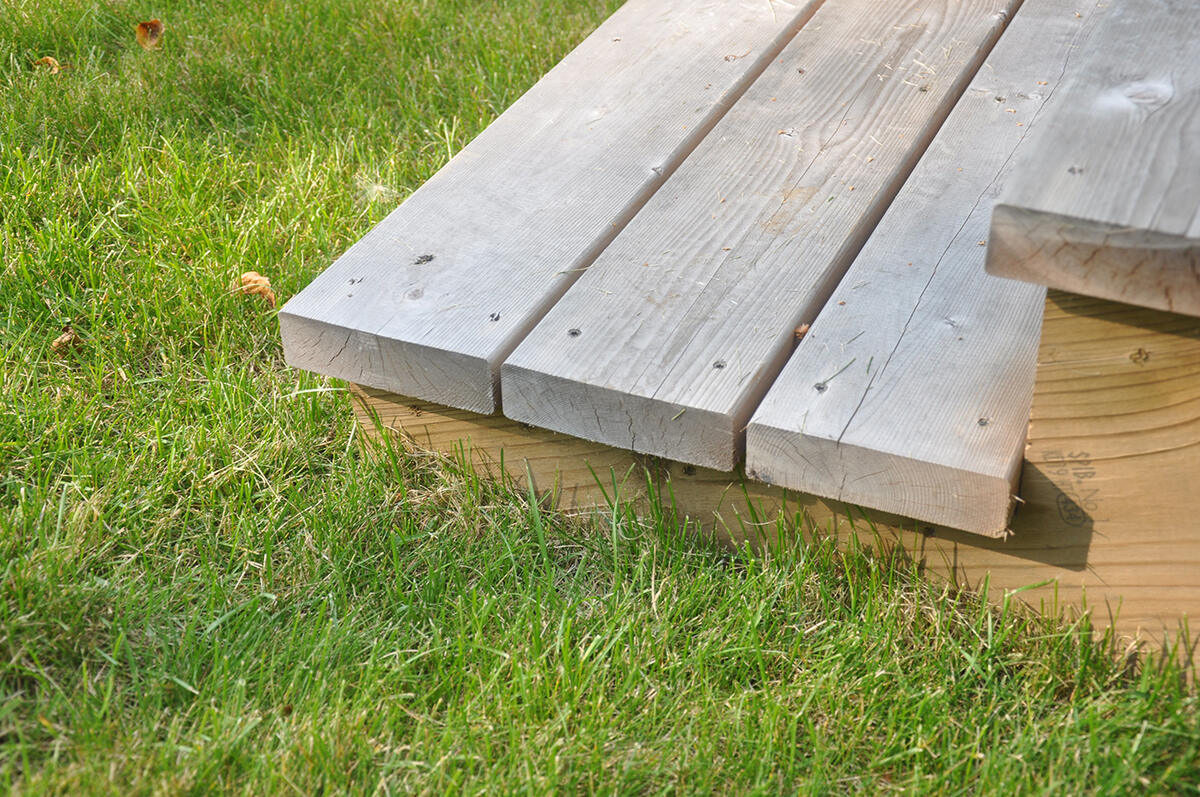

Landscaping Ideas
How To Build Decking On Grass
Published: January 24, 2024
Learn how to create a stunning outdoor space with our landscaping ideas for building decking on grass. Transform your yard with our expert tips and advice. Discover more!
(Many of the links in this article redirect to a specific reviewed product. Your purchase of these products through affiliate links helps to generate commission for Storables.com, at no extra cost. Learn more)
Introduction
Building a deck on grass can transform your outdoor space into a captivating and functional area for relaxation, entertainment, and enjoyment of nature. Whether you envision a cozy spot for morning coffee or a gathering place for barbecues and social gatherings, a well-crafted deck can elevate your outdoor living experience. This comprehensive guide will walk you through the step-by-step process of creating a stunning deck on grass, providing you with the knowledge and confidence to embark on this rewarding project.
A well-designed deck seamlessly integrates with the natural landscape, offering a harmonious blend of indoor comfort and outdoor allure. By following the steps outlined in this guide, you can bring your vision to life while enhancing the aesthetic appeal and functionality of your outdoor space. From the initial planning and preparation to the final touches that add character and charm, each stage of the process plays a crucial role in achieving a durable, visually appealing, and inviting deck.
As you embark on this journey, envision the possibilities that await you. Picture the deck as an extension of your home, a versatile space that accommodates various activities and moods. Whether you seek a tranquil retreat for solitary reflection or a vibrant setting for lively gatherings, your deck on grass can become a cherished sanctuary that reflects your unique style and preferences.
Throughout this guide, you will gain insights into the essential considerations, techniques, and materials required to build a sturdy and visually appealing deck on grass. By embracing this endeavor with enthusiasm and dedication, you can create a captivating outdoor oasis that enriches your lifestyle and provides a seamless transition between the comforts of home and the beauty of nature. Let's embark on this exciting journey together, as we delve into the intricacies of building a deck on grass and unlock the potential of your outdoor space.
Key Takeaways:
- Planning and preparation are crucial for building a deck on grass. Assess the site, obtain permits, define the layout, set a budget, and collaborate with professionals to ensure a successful and rewarding project.
- Building a deck on grass involves clearing and leveling the area, installing a sturdy foundation, laying the decking boards, and adding finishing touches. Each step contributes to creating a captivating outdoor oasis that enhances the beauty of nature.
Read more: How To Build A Decking
Step 1: Planning and Preparation
Before embarking on the construction of a deck on grass, meticulous planning and thorough preparation are essential to ensure a successful and enduring outcome. This initial phase sets the foundation for the entire project, encompassing crucial considerations that will influence the design, functionality, and longevity of the deck.
Assess the Site and Define Your Vision
Begin by carefully assessing the site where the deck will be constructed. Take note of the natural features, such as trees, slopes, and existing landscaping elements, as these will influence the layout and design of the deck. Consider the intended use of the deck, whether it is for intimate gatherings, outdoor dining, or relaxation, and envision how the space will accommodate these activities.
Obtain Necessary Permits and Regulations
Check with local authorities and homeowner associations to determine if any permits or approvals are required for building a deck on your property. Familiarize yourself with building codes and regulations pertaining to deck construction, ensuring compliance with safety standards and legal requirements.
Define the Size and Layout
Based on your vision and the site assessment, determine the size and layout of the deck. Consider factors such as traffic flow, seating areas, and potential enhancements such as built-in planters or integrated lighting. Sketch out a rough layout to visualize the placement of the deck in relation to the surrounding landscape and structures.
Read more: How To Build A Decking Frame
Select Suitable Materials and Features
Research and select suitable materials for the deck, taking into account durability, aesthetics, and maintenance requirements. Explore options for decking boards, railings, and any additional features such as pergolas or seating areas. Consider the integration of eco-friendly materials and features that align with your sustainability goals.
Set a Realistic Budget and Timeline
Establish a realistic budget for the project, factoring in materials, labor, and any additional expenses such as permits or landscaping. Create a timeline that outlines the various stages of the project, allowing for contingencies and unexpected delays. Setting clear financial and temporal parameters will guide the decision-making process and ensure a well-managed project.
Collaborate with Professionals
If necessary, consult with professionals such as landscape designers, architects, or contractors to refine your plans and address any technical considerations. Their expertise can provide valuable insights and ensure that the design and construction processes align with best practices and industry standards.
By meticulously planning and preparing for the construction of your deck on grass, you lay the groundwork for a seamless and rewarding project. This phase sets the stage for the subsequent steps, guiding the implementation of your vision and ensuring that the deck harmoniously integrates with the natural landscape while fulfilling your functional and aesthetic aspirations.
Step 2: Clearing and Leveling the Area
The process of clearing and leveling the area where your deck will be constructed is a pivotal step that lays the groundwork for a stable and visually appealing structure. This phase involves meticulous attention to detail and a methodical approach to ensure that the deck is positioned on a level surface, free from obstructions and conducive to long-term structural integrity.
Read more: How To Build A Deck Patio
Clearing the Site
Begin by clearing the designated area of any vegetation, debris, rocks, or other impediments that may interfere with the construction process. This entails removing grass, weeds, and any organic matter that could potentially compromise the stability of the deck. Use a combination of manual tools and machinery, such as shovels, rakes, and a sod cutter, to effectively clear the site and create a clean, blank canvas for the subsequent steps.
Marking Boundaries and Excavation
Once the site is cleared, mark the boundaries of the deck using stakes and string to outline the precise area where the deck will be situated. This visual delineation serves as a guide for excavation, allowing you to accurately remove the topsoil to the desired depth. Excavate the area to create a level surface, accounting for any slopes or uneven terrain to ensure uniformity across the entire deck footprint.
Leveling the Ground
With the site excavated, focus on leveling the ground to establish a uniform and stable foundation for the deck. Utilize a combination of hand tools and a compacting machine to achieve the desired levelness, paying close attention to any variations in elevation. This meticulous approach is essential for preventing future issues such as uneven settling or structural instability, safeguarding the longevity and safety of the deck.
Addressing Drainage Considerations
During the leveling process, consider the drainage needs of the site to prevent water accumulation and potential damage to the deck. Incorporate proper grading and drainage solutions to direct water away from the deck, mitigating the risk of moisture-related issues that could compromise the structural integrity and aesthetics of the deck over time.
Read more: How To Build A Low Deck Over Grass
Verifying Alignment and Stability
Once the ground is leveled, verify the alignment and stability of the prepared area by conducting thorough inspections and measurements. Use a builder's level and a string level to ensure that the surface is uniformly flat and that the deck boundaries align with the intended layout. This meticulous verification process is crucial for laying a solid foundation that sets the stage for the subsequent stages of deck construction.
By meticulously clearing and leveling the area where your deck will be situated, you establish a solid foundation that is essential for the structural integrity and visual appeal of the final structure. This preparatory phase sets the stage for the subsequent installation of the foundation, ensuring that the deck seamlessly integrates with the natural landscape while providing a stable and inviting outdoor space.
Step 3: Installing the Foundation
The installation of the foundation marks a pivotal phase in the construction of a deck on grass, laying the groundwork for a stable and enduring structure that withstands the test of time. The foundation serves as the backbone of the deck, providing essential support and stability while ensuring that the entire framework is securely anchored to the ground. This critical phase involves strategic decision-making, precise execution, and a keen focus on structural integrity to create a foundation that forms the basis for the deck's functionality and visual appeal.
Selecting the Foundation Type
The first step in installing the foundation involves selecting the appropriate type of support structure for the deck. Common options include concrete footings, deck blocks, or screw piles, each offering distinct advantages based on the site's characteristics, soil composition, and local building codes. Consider factors such as load-bearing capacity, frost resistance, and ease of installation when determining the most suitable foundation type for your deck.
Marking and Positioning
With the foundation type determined, mark the precise locations where the support elements will be installed, ensuring accurate spacing and alignment based on the deck's layout and dimensions. Use string lines and stakes to outline the positions of the footings or blocks, providing a visual guide for the subsequent installation process. Pay careful attention to the positioning of the foundation elements, as their accuracy directly influences the overall stability and levelness of the deck.
Read more: How To Build Planters Out Of Decking
Excavation and Installation
Once the positions are marked, proceed with excavating the designated areas to accommodate the foundation elements. This may involve digging holes for concrete footings, preparing the ground for deck blocks, or screwing the piles into the soil, depending on the chosen foundation type. Exercise precision and diligence during the installation process, ensuring that the support elements are securely positioned and aligned according to the predetermined layout.
Leveling and Alignment
After the foundation elements are installed, focus on leveling and aligning them to establish a uniform and stable base for the deck. Utilize a combination of leveling tools and adjustments to ensure that the support elements are precisely positioned and aligned with the desired layout. This meticulous attention to detail is essential for creating a foundation that forms a solid and reliable platform for the subsequent stages of deck construction.
Reinforcement and Compliance
Once the foundation is in place, reinforce the support elements as necessary to enhance their load-bearing capacity and structural resilience. This may involve adding bracing, hardware, or additional materials to fortify the foundation and ensure compliance with safety standards and building codes. Verify that the installed foundation meets all relevant regulations and specifications, providing a secure and compliant base for the deck.
By meticulously installing the foundation, you establish a robust and reliable support structure that forms the cornerstone of your deck on grass. This phase sets the stage for the subsequent installation of the decking boards, ensuring that the entire structure is anchored to a stable and durable foundation that upholds the integrity and longevity of the deck.
Step 4: Laying the Decking Boards
The process of laying the decking boards represents a pivotal stage in the construction of a deck on grass, where meticulous attention to detail and precision craftsmanship culminate in the realization of a visually stunning and functional outdoor space. This phase involves the strategic placement of the decking boards, transforming the foundation into a captivating platform that seamlessly integrates with the natural landscape while providing a durable and inviting surface for various activities.
Read more: How To Build A Raised Decking Frame
Selecting the Decking Boards
Begin by carefully selecting the decking boards that align with your aesthetic preferences, functional requirements, and maintenance considerations. Explore a diverse range of materials, such as natural wood, composite decking, or eco-friendly alternatives, weighing factors such as durability, color options, and texture. Consider the visual harmony with the surrounding environment, ensuring that the chosen decking boards complement the natural elements and architectural features of your outdoor space.
Planning the Layout
Before laying the decking boards, meticulously plan the layout to optimize the visual appeal and functionality of the deck. Consider factors such as board orientation, pattern variations, and potential design enhancements such as border details or integrated features. Visualize the flow of the boards in relation to the deck's dimensions and the surrounding landscape, aiming for a cohesive and visually engaging arrangement that accentuates the natural beauty of the outdoor environment.
Installation Techniques
Employ precise installation techniques to ensure the secure and uniform placement of the decking boards. Utilize appropriate fastening methods, such as screws or hidden fastening systems, to securely attach the boards to the foundation while maintaining a seamless and polished surface. Pay careful attention to spacing and alignment, striving for consistent gaps between the boards that facilitate drainage and allow for natural expansion and contraction, safeguarding the structural integrity of the deck over time.
Enhancing Structural Resilience
Incorporate measures to enhance the structural resilience of the decking boards, such as utilizing stainless steel screws or corrosion-resistant fasteners to mitigate the impact of environmental elements. Consider the integration of protective treatments or sealants to safeguard the boards against moisture, UV exposure, and natural wear, prolonging their lifespan and preserving their aesthetic appeal. By prioritizing structural integrity and longevity, you ensure that the decking boards form a durable and enduring surface that withstands the rigors of outdoor use.
Read more: How To Build A Deck Over A Concrete Patio
Embracing Finishing Touches
As the decking boards take shape, consider the integration of finishing touches that elevate the visual allure and functionality of the deck. Explore options for railing systems, integrated lighting, or decorative elements that add character and charm to the deck, enhancing its overall ambiance and usability. Embrace the opportunity to infuse your personal style and creativity into the finishing touches, creating a deck on grass that reflects your unique vision and enhances your outdoor living experience.
By meticulously laying the decking boards, you bring your vision to life, transforming the foundation into a captivating and functional outdoor space that harmoniously integrates with the natural landscape. This phase represents a culmination of careful planning, skilled craftsmanship, and a dedication to creating a deck on grass that embodies enduring beauty, structural resilience, and the promise of countless memorable moments in the embrace of nature.
Step 5: Adding Finishing Touches
As the construction of the deck on grass nears completion, the addition of finishing touches serves as the defining stage that elevates the space from functional to extraordinary. This phase encompasses a thoughtful integration of details and enhancements that enrich the visual appeal, functionality, and ambiance of the deck, culminating in a captivating outdoor oasis that beckons for relaxation, social gatherings, and moments of tranquil contemplation.
Embracing Aesthetic Enhancements
Embrace the opportunity to infuse the deck with aesthetic enhancements that reflect your personal style and elevate the overall ambiance. Consider the addition of decorative elements such as planter boxes, trellises, or pergolas, which not only contribute to the visual allure but also create a sense of intimacy and charm within the outdoor space. Explore options for incorporating natural elements such as potted plants, ornamental shrubs, or seasonal flowers, infusing the deck with vibrant colors and organic textures that harmonize with the surrounding landscape.
Illuminating the Night
Integrate lighting solutions that extend the functionality and allure of the deck into the evening hours. Explore a variety of lighting options, including overhead string lights, recessed deck lighting, or solar-powered lanterns, to create a warm and inviting atmosphere after sunset. Strategic placement of lighting fixtures can accentuate architectural features, highlight pathways, and create a captivating interplay of light and shadow, enhancing the deck's visual appeal while providing essential illumination for nighttime activities.
Read more: How Much Does It Cost To Build A Patio Deck
Personalizing Comfort and Convenience
Consider the incorporation of elements that prioritize comfort and convenience, such as outdoor furniture, cushions, and textiles that invite relaxation and leisure. Select furnishings that align with the intended use of the deck, whether it's creating a cozy reading nook, a dining area for al fresco meals, or a versatile space for social gatherings. Additionally, explore options for shade solutions such as umbrellas, retractable awnings, or shade sails, providing respite from the sun and enhancing the comfort of the outdoor environment.
Safeguarding with Railing Systems
Prioritize safety and visual cohesion by installing railing systems that complement the design of the deck while providing essential protection and delineation of the space. Explore a range of railing materials and styles, from sleek metal balusters to classic wood designs, ensuring that the chosen railing system harmonizes with the overall aesthetic and architectural character of the deck. By integrating durable and visually appealing railing systems, you create a secure and inviting environment that enhances the overall appeal of the deck.
Preserving the Beauty
Incorporate maintenance considerations into the finishing touches, such as applying protective coatings, sealants, or treatments to safeguard the deck against environmental elements and natural wear. Regular maintenance routines, including cleaning, sealing, and inspecting the deck, are essential for preserving its beauty and structural integrity over time. By embracing proactive maintenance practices, you ensure that the deck remains a captivating and enduring outdoor retreat for years to come.
As the finishing touches are meticulously integrated into the deck on grass, the space undergoes a remarkable transformation, evolving into a captivating and functional extension of your home. Each detail and enhancement contributes to the creation of an outdoor sanctuary that invites you to savor the beauty of nature, forge cherished memories, and embrace the countless possibilities that await in your newly constructed deck.
Conclusion
In conclusion, the construction of a deck on grass represents a transformative journey that transcends the mere creation of an outdoor structure. It embodies the realization of a vision, the fusion of craftsmanship with nature, and the cultivation of a space that beckons for moments of joy, relaxation, and connection. As the final touches are added and the deck on grass emerges as a fully realized outdoor oasis, it becomes a testament to the harmonious coexistence of human ingenuity and the timeless allure of the natural world.
The journey of building a deck on grass is a testament to the transformative power of thoughtful planning, meticulous preparation, and skilled execution. From the initial envisioning of the deck's purpose and layout to the careful selection of materials, each decision and action contributes to the creation of a space that seamlessly integrates with the surrounding landscape while fulfilling the functional and aesthetic aspirations of its creators.
As the foundation is meticulously laid, the decking boards are artfully arranged, and the finishing touches are thoughtfully integrated, the deck on grass evolves into a captivating retreat that transcends its utilitarian purpose. It becomes a canvas for personal expression, a stage for memorable gatherings, and a sanctuary for quiet contemplation. The deck on grass embodies the potential for transformative experiences, offering a seamless transition between the comforts of home and the boundless beauty of the outdoors.
Moreover, the construction of a deck on grass is a testament to the enduring allure of outdoor living, inviting individuals to embrace the simple pleasures of nature while reveling in the comforts of a thoughtfully designed space. It represents a commitment to sustainable living, as the integration of eco-friendly materials and design principles fosters a deeper connection with the environment while minimizing the ecological footprint.
In essence, the completion of a deck on grass marks the beginning of a new chapter, where the outdoor space becomes a cherished extension of the home, a venue for creating lasting memories, and a canvas for personal expression. It embodies the promise of countless moments of joy, relaxation, and connection, inviting individuals to savor the beauty of nature and forge meaningful experiences in the embrace of the great outdoors.
Frequently Asked Questions about How To Build Decking On Grass
Was this page helpful?
At Storables.com, we guarantee accurate and reliable information. Our content, validated by Expert Board Contributors, is crafted following stringent Editorial Policies. We're committed to providing you with well-researched, expert-backed insights for all your informational needs.
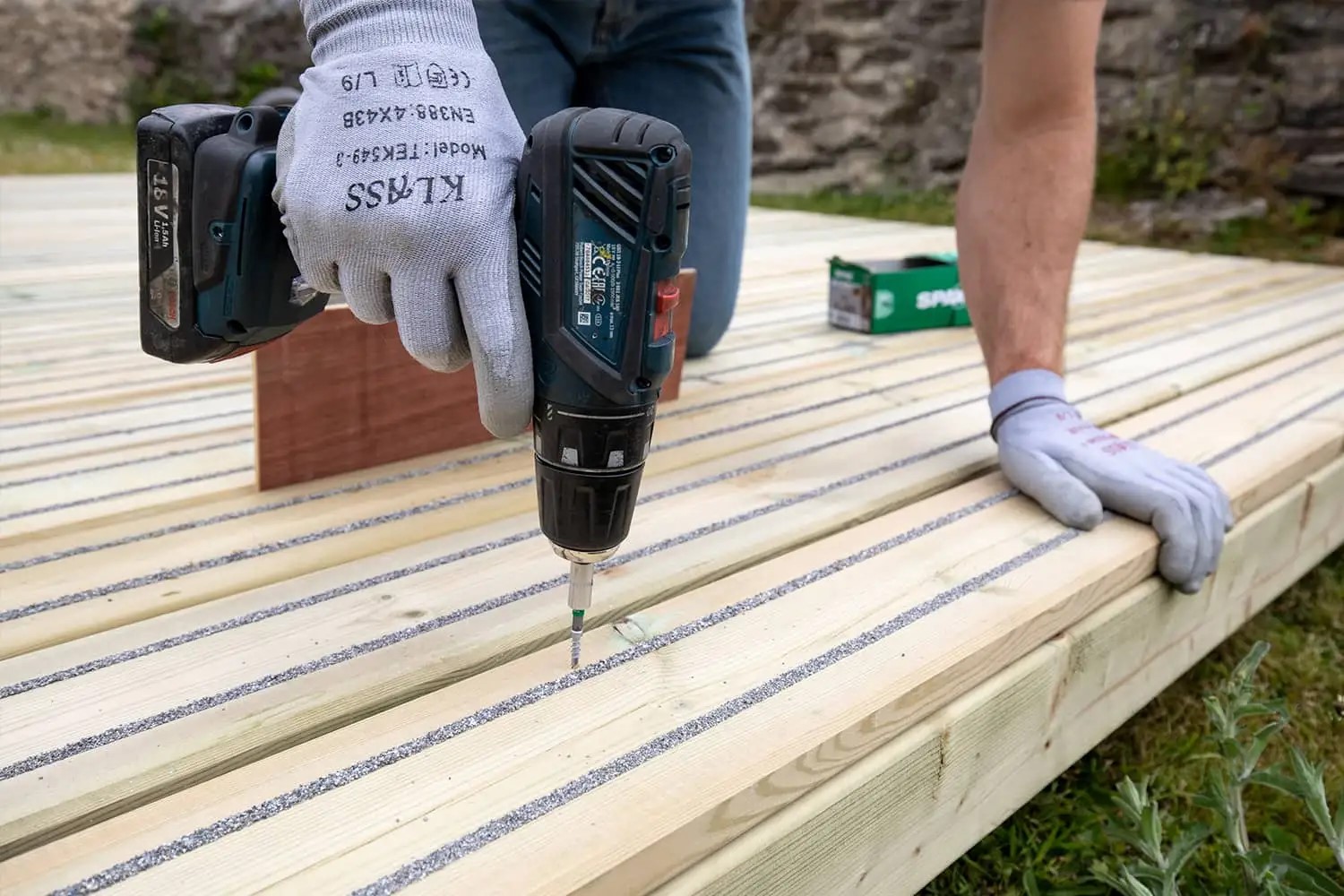
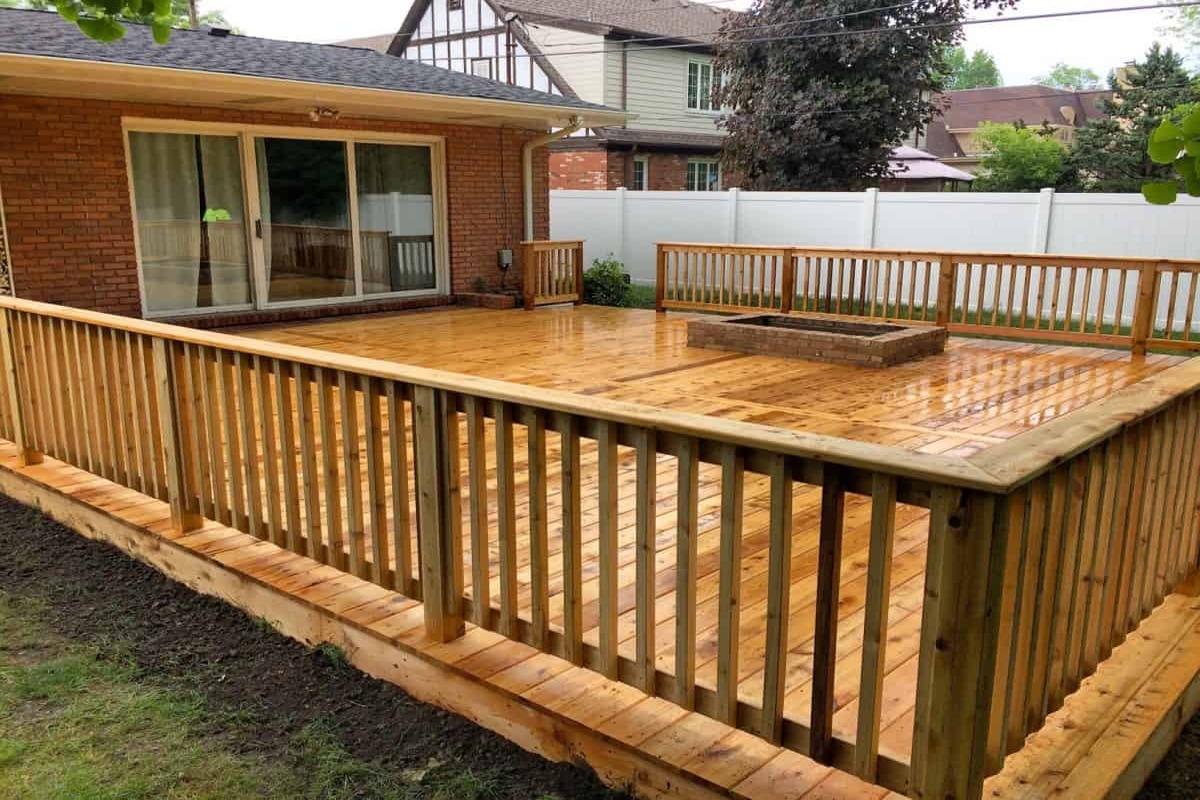
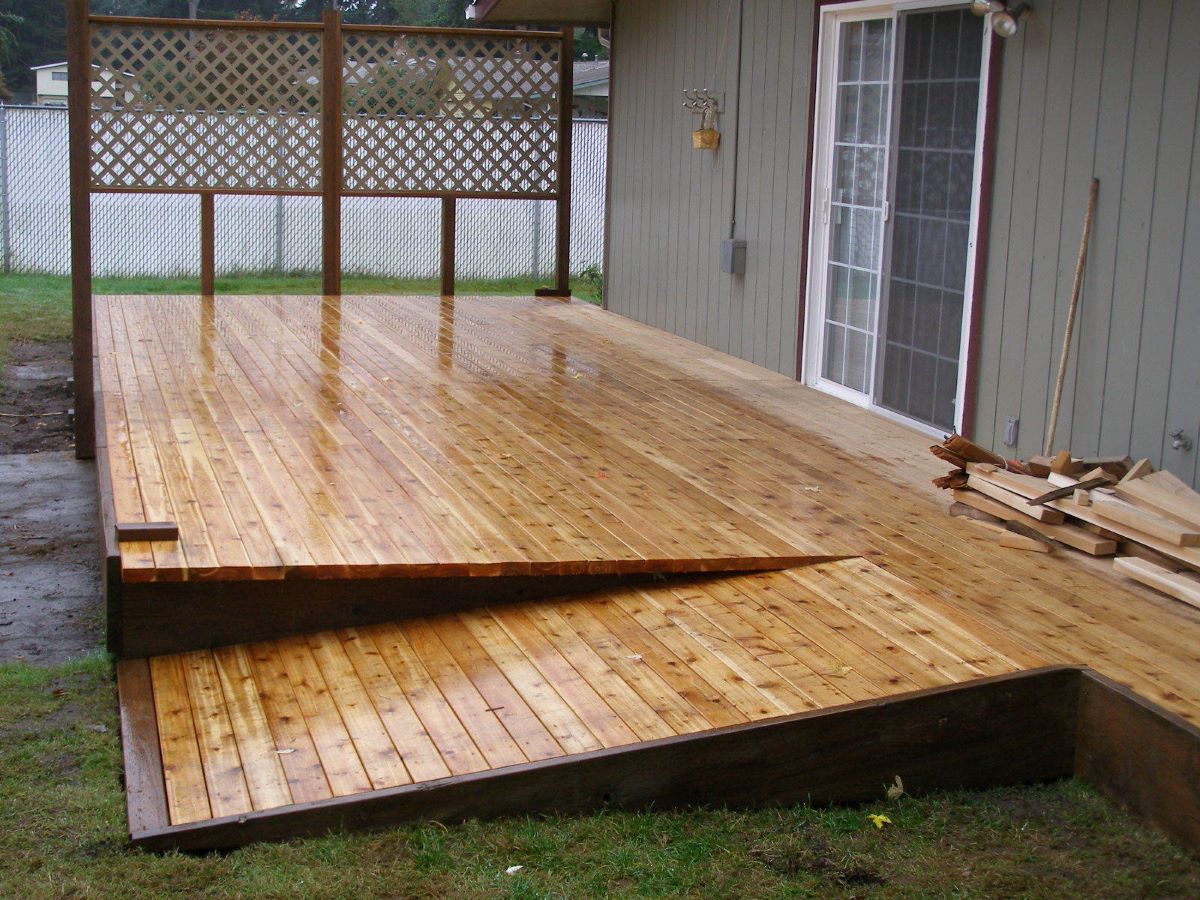
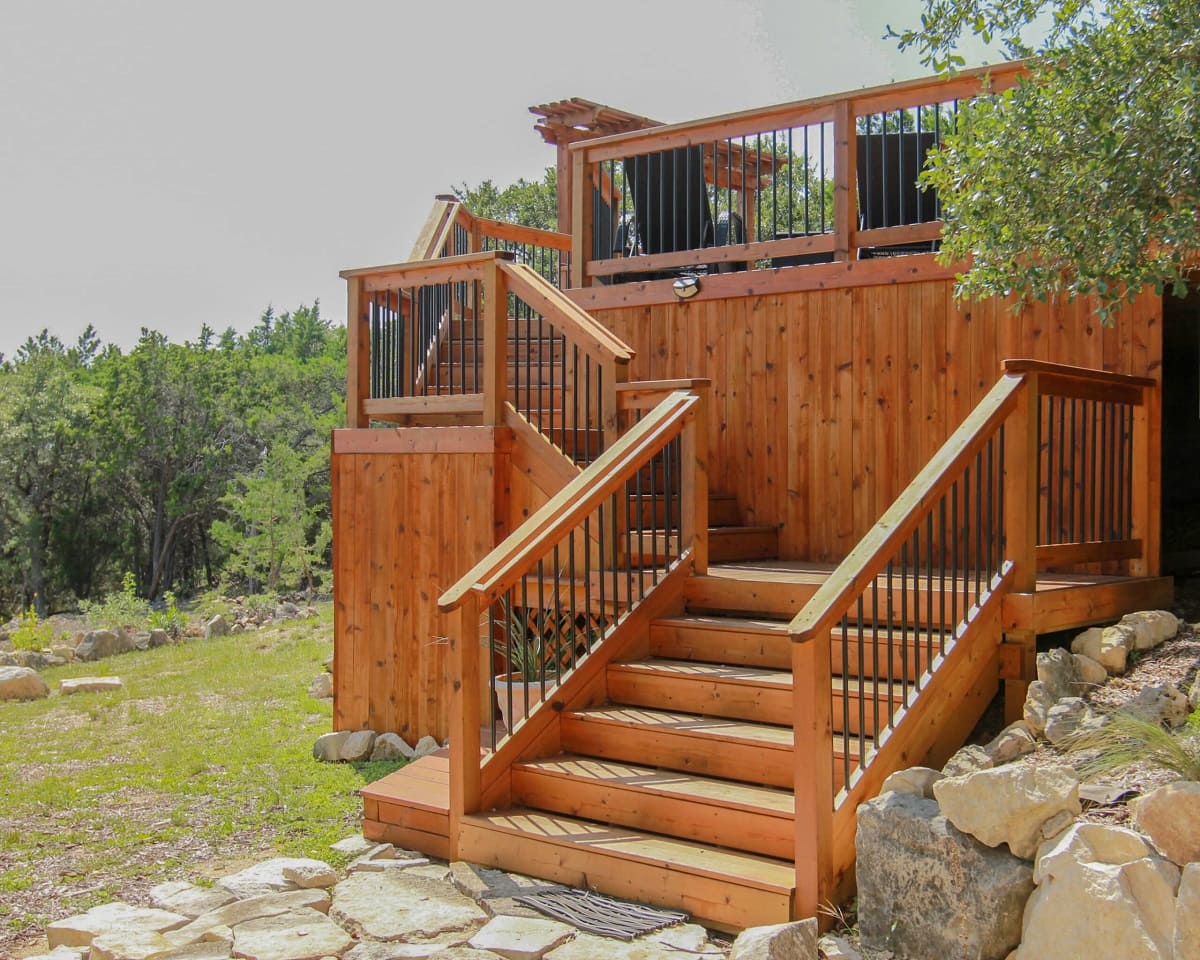
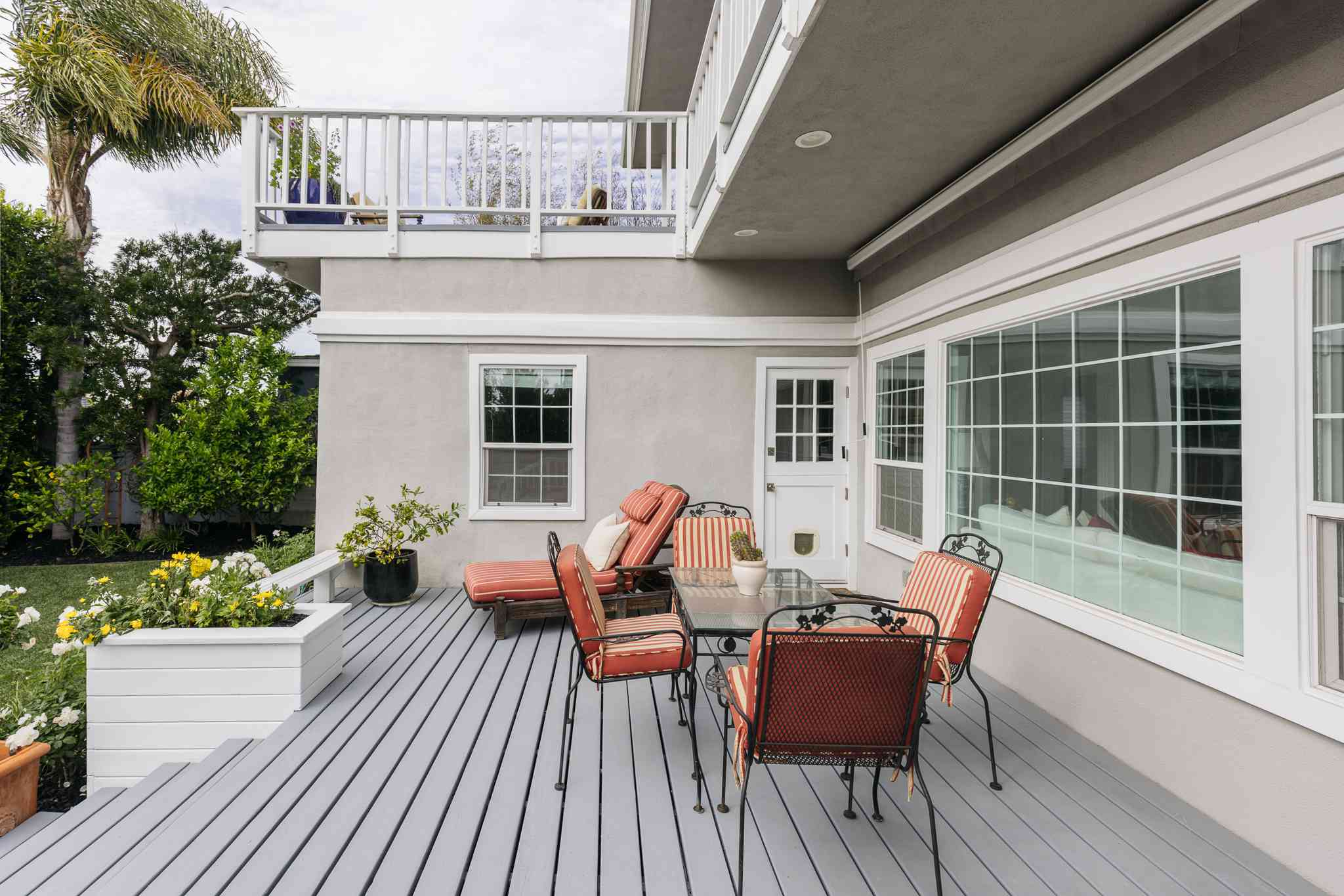
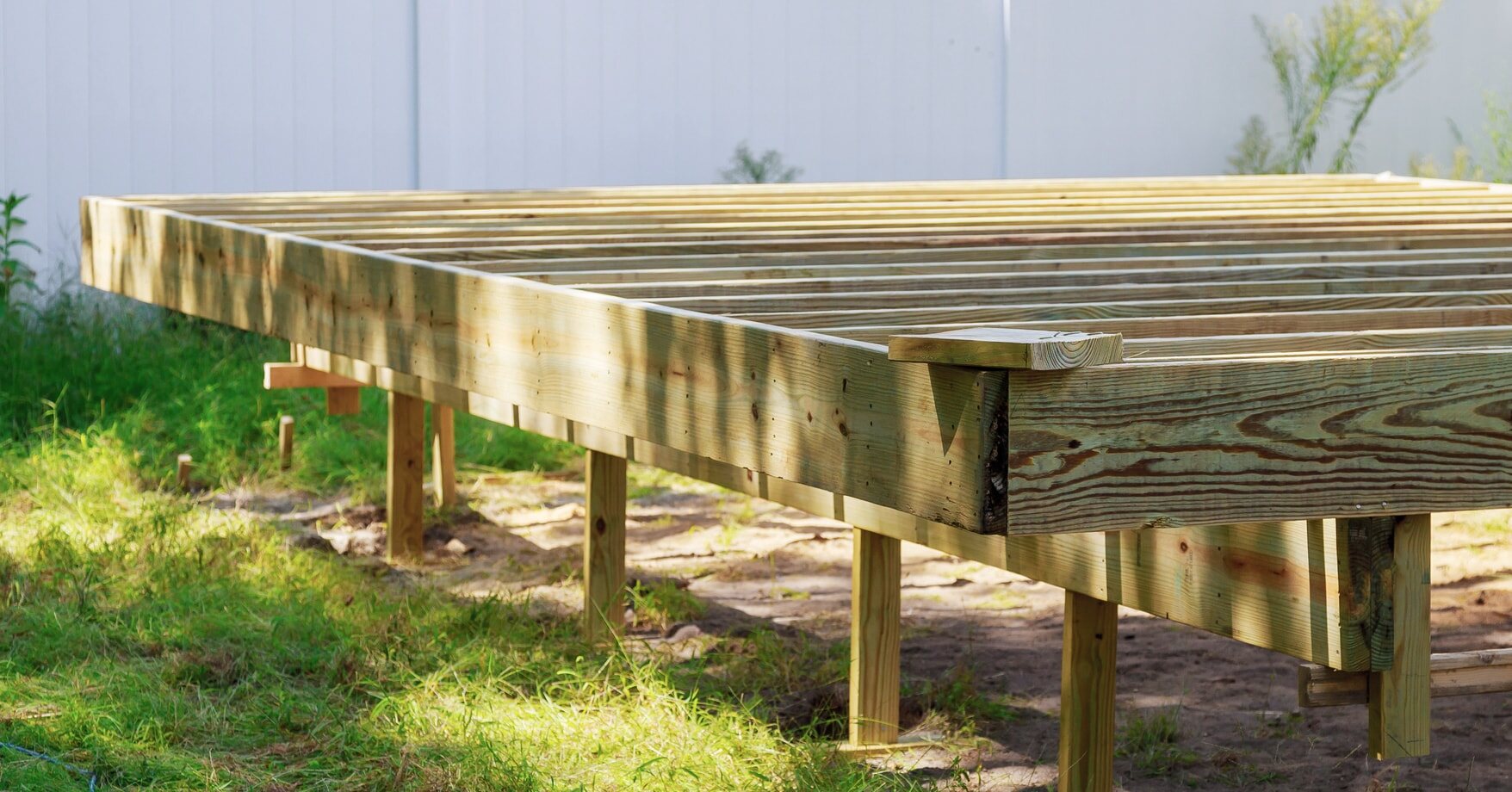
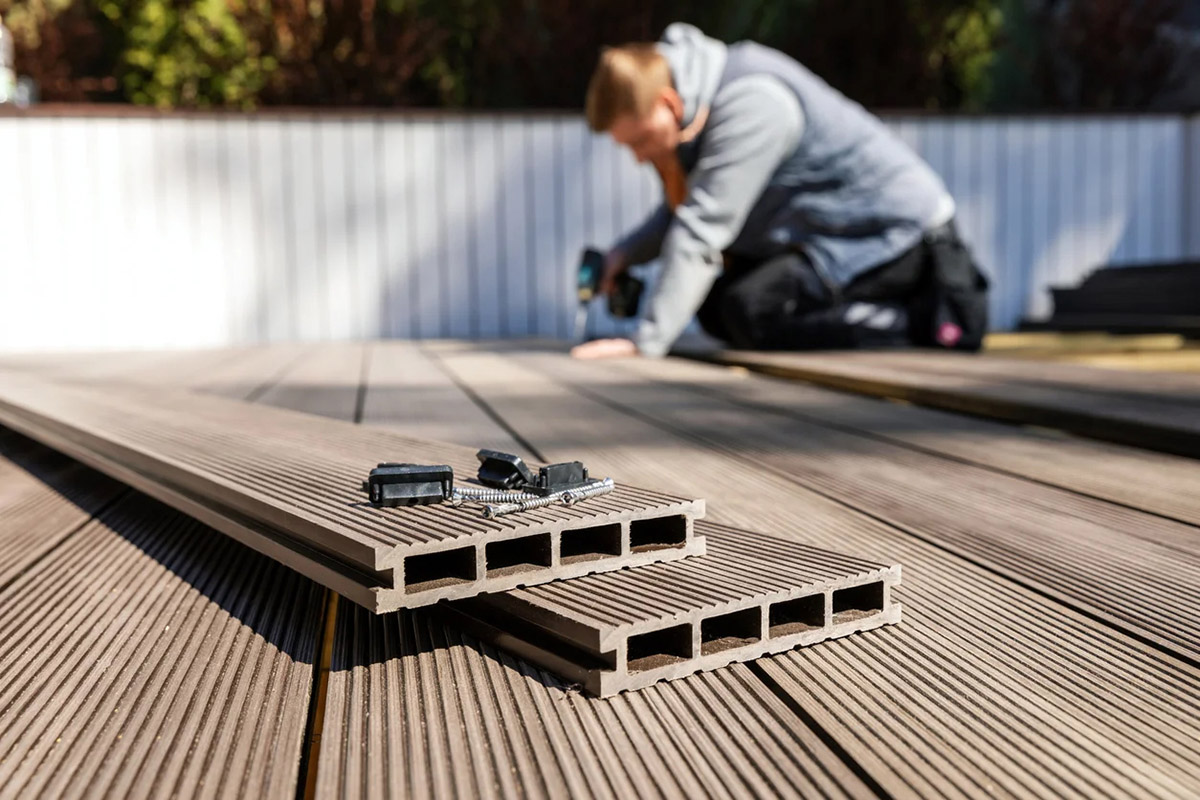
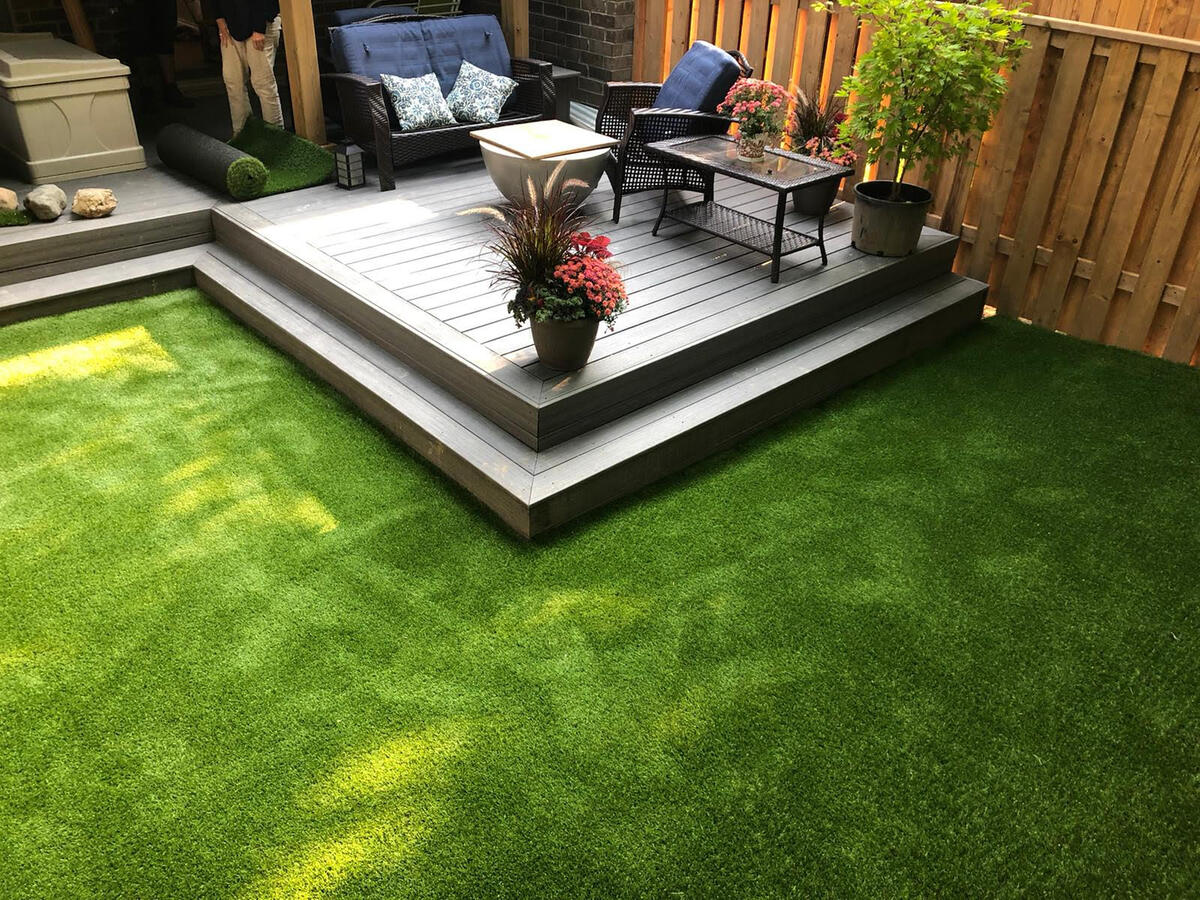

0 thoughts on “How To Build Decking On Grass”